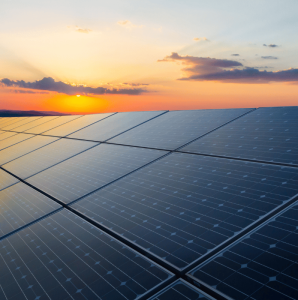From mattresses to pillows, memory foam pillows promise to cocoon us in their embrace.
Yet, as you navigate this world, a treasure hunt for quality becomes essential; trust in your supplier transforms into the cornerstone of a soothing night's sleep.
In this guide, we uncover the nuances of memory foam, demystifying its temperature-sensitive allure and exploring the delicate balance between support and that unmistakable 'feel'. Whether you seek to nestle into its plush layers or rest upon its resilient foundation, understanding the essence of memory foam empowers you to embrace sleep's embrace like never before
The origins of foam
Many refer to memory foam as a ‘space-age’ foam and technically that is correct because word has it that memory foam was first developed by NASA to help astronauts combat gravity pressures during departure and re-entry. NASA was seeking a foam that could accommodate an even distribution of pressure, which was able to conform and mould to the body’s form. Adapt to any movement of the body.
Since those early days of manned space travel memory foam, or visco elastic foam as it is technically referred to, has been reinvented and it is now used in everything from pillows to mattresses to mattress toppers.
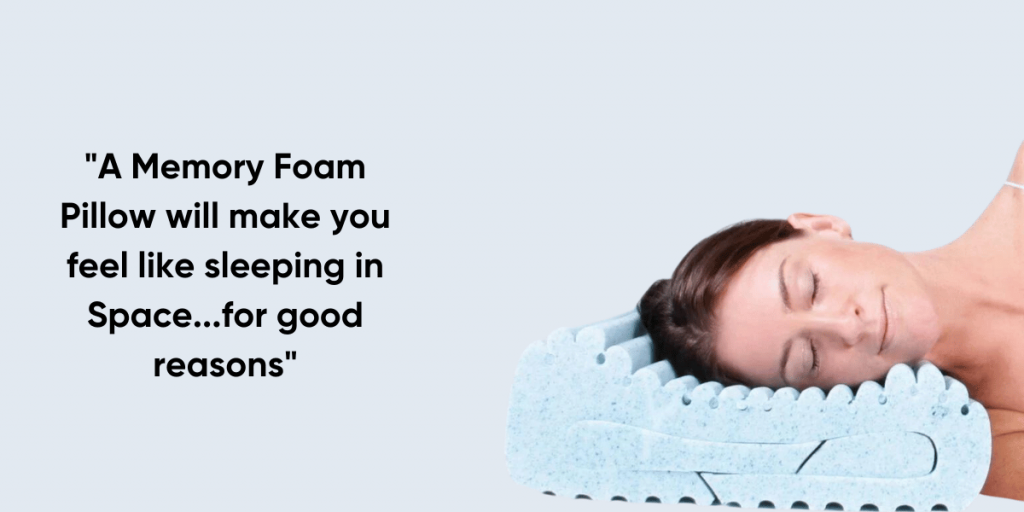
There are now literally hundreds of different memory foam densities available, and hundreds of different firmness options available as well.
Depending on the application, and one’s personal comfort and support requirements, there is a memory foam density out there for you. It’s just a question of quality, and you will need to have complete trust in your supplier if you are to purchase a memory foam mattress, memory foam mattress topper, or memory foam pillow that will provide you with ongoing comfort and product longevity, as well as representing value for money.
The facts are that most memory foam comfort products are overpriced, and you will need to be wary of paying too much for “a label”. It’s really that simple. Of course, you will also need to be wary of paying too little, and this often applies to some memory foam emanating from China. It is often made to a price, so think twice before purchasing a “bargain”!
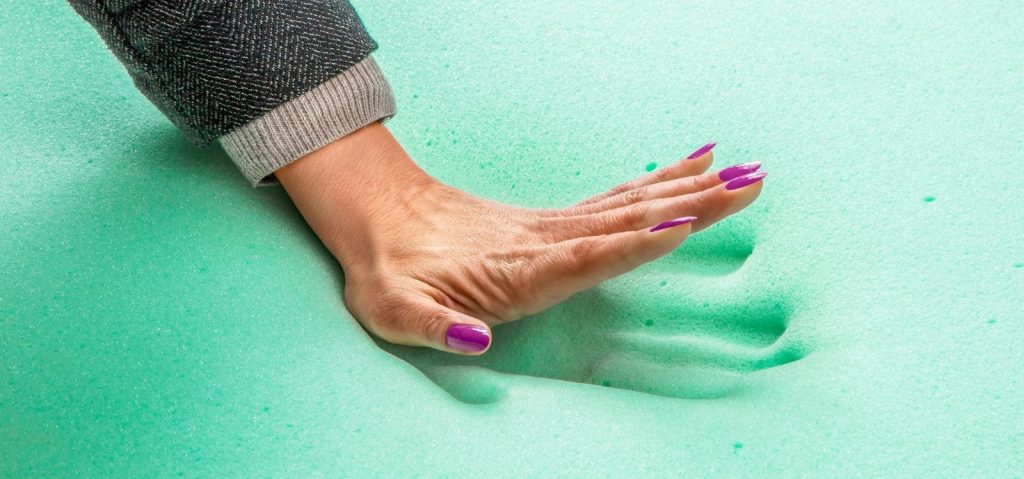
So what is Memory Foam?
It’s from the same family as synthetic polyurethane foam (traditional foam that you find in mattresses and seating and which has been around for a generation), but you add certain chemicals that add weight and density, which in turn create a different molecular structure to that of traditional foam.
It’s a complex formula, and what you get is a temperature-sensitive foam that is more viscous than traditional foam, and which has a completely different ‘feel’. If your memory foam mattress or mattress topper or pillow is in a cold bedroom, then it will firm up. But once your body warmth is in contact with its surface, it’s only a matter of a minute before the visco reacts and accepts your body’s pressure points and positions you in a gravity-friendly state. That is the quality of visco elastic memory foam … it reacts positively to your body warmth and softens and moulds.
Whereas traditional or conventional foam quickly returns to its original shape.
After being compressed, visco elastic memory foam will take many seconds to return to its original shape and this is the property that is desirable to many. Memory foam tends to mould and form around your body’s pressure points and doesn’t have the same rebound properties that traditional foam does. In other words, you nestle into it, rather than rest on it.
Of course, you should be mindful that you CAN purchase less-expensive quality traditional foams that are beautifully soft and supportive, and provide years and years of ongoing comfort and support. It’s purely in the ‘feel’ that memory foam mattresses and mattresses toppers and memory foam pillows are sought after in these times. A personal thing, and there’s a lot of sales hype that goes with memory foam, and that’s why you have to know what you are getting before you purchase it, and if is it going to be right for your ongoing comfort needs.
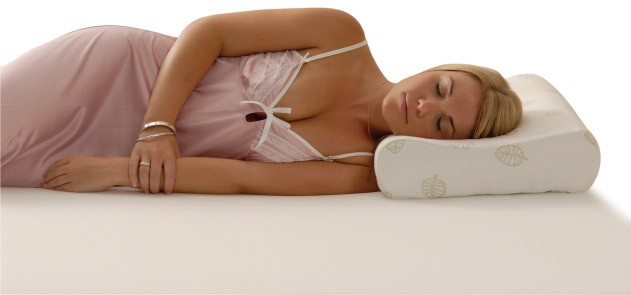
How do you distinguish good-quality Memory Foam from poor quality?
You have to be careful of getting caught in the sales hype of “if it’s not of 4 or 5-pound density, then it’s not very good”. That is simply not true. Our experience of such heavy visco elastic memory foam mattresses or pillows or toppers is that they can be too heavy, too prone to over submergence, and too ‘sweaty’. The key is in the balance between density and firmness (support).
Some memory foam mattresses and pillows are simply too dense, too heavy, too ‘doughy’ …too pliable …and you just keep sinking. Your body does not want that, doesn’t need that. There’s nothing worse, for instance than getting an ‘ear crush’ on a memory foam pillow that quite simply embeds your cheeks and ear. This may also cause you to sweat because the compression is too great, and the air simply isn’t getting in.
What you want is the balance between weight and firmness!
Visco harmony we call it. Don’t pay for the product just because it is heavier, or expensive (!). If it is too heavy or ultra-dense dense then it may not give you the marriage of support, comfort, and product longevity that you require. If it is too light, it probably won’t last. Right in the middle is the answer.
Companies such as Tempur Pedic have been in the market for 15 years or more, and other producers have just discovered the fascination of memory foam. Foam producers throughout the world are dabbling, and many have caught up to the likes of Tempur Pedic with respect to memory foam technology.
But be careful of cheap visco products, and as stated earlier in this article a lot of so-called memory foam pillows in particular are coming out from China in particular. Simply be mindful of the quality variables, and where memory foam pillows are concerned check out the pillow’s design to ensure that your head and neck are ergonomically and evenly supported in order to align the spine. Many contoured pillows fall short in that department!
So which visco elastic memory foam is best for you? Well, if you have the opportunity to give the product the ‘press test’, then compress your fingers deeply into the memory foam, release them, and count how long it takes for the foam to restore itself. If it takes 7 to 10 seconds for the impression to evaporate, then you know you have a true quality visco elastic memory foam. That’s one way of doing it!
The odour/smell issue of Memory Foam
Due to the dense molecular structure of visco elastic memory foam mattresses, mattress toppers and memory foam pillows, when brand new some odour/smell can be ‘trapped’ within the network of cells.
This odour is regarded as being non-toxic in nature and will disappear forever once you have aired the item in a breezy environment.
Do not expose the memory foam to direct sunlight, and do not try and wash the memory foam because moisture will seep into the cells and it will take weeks to dry out. And never tumble dry any foam product because it may break up.
Another reason why there may be a hint of odour will be due to the transportation of the memory foam product and this is usually caused by some ‘sweating’ of the product from being encapsulated by plastic covers or sealed boxes.
The odour will dissipate if you air the item, and due to visco elastic’s inert state, the odour will never return.
Note: You will find that adjustable memory foam pillows such as CompleteSleeprrr will dissipate the odour even faster than non-adjustable memory foam pillows due to the ability to disassemble the pillow and thus increase surface airflow.
Memory foam mattresses, Mattress toppers, and pillows: How do I know which ones suit me best, or should I be looking for a Natural latex mattress or Latex topper or latex pillow?
Memory foam mattresses, mattress toppers, & pillows: How do I know which ones suit me best, or should i be looking for a natural latex mattress latex topper or latex pillow?
You really will never know until you get home and spend the night on it or them. You will certainly not get a true reading just by lying on the item in a store. It is all too quick, and you will most probably have a salesperson subjecting you to everything that you want to hear about the upsides of these products.

So is a memory foam mattress or topper or pillow everything it is hyped up to be, and should you consider alternatives to memory foam such as natural rubber latex or traditional foam, or in the case of a mattress perhaps an inner spring?
We would say if you have a limited budget, then you should look at those options, and where latex is concerned it is a beautiful product. If it is the desired density such as the softer Naturelle contoured pillow then by all means keep your options open. But memory foam in pillows, mattresses, or mattress toppers should be right up there. Not necessarily the panacea, but very good if the marriage of density, comfort, and product longevity is right.
And don’t forget one thing.....
You will probably not need to purchase a new mattress if your existing one is still in fair shape. The mattress topper, or mattress pad, is a wonderful alternative and you simply place it under your bottom sheet and you will get many more years out of your tired mattress. What the topper does is restore the pressure and support properties by spreading your body’s load evenly.
And what a mattress topper does is avoid ANOTHER mattress being dumped in your municipal tip. Now isn’t that a good thing for the planet?!
Therapeutic Pillow has a number of Memory Foam Products, should you need any help please call us in the office.
Do you want to learn more? Read our Frequently Asked Questions for...
In modern society, some people are a lot more sensitive to a whole host of different products and airborne nasties.
With regards to polyurethane foam, history can only prove it is certainly not a risk.
In Australia alone thousands of tonnes of foam are produced and sold into areas such as bedding, furniture, automotive, yes products we are exposed to daily.
Hospitals for instance will not accept Latex foam as it is rubber-based, and all hospital mattresses are made from polyurethane foam.
 0
0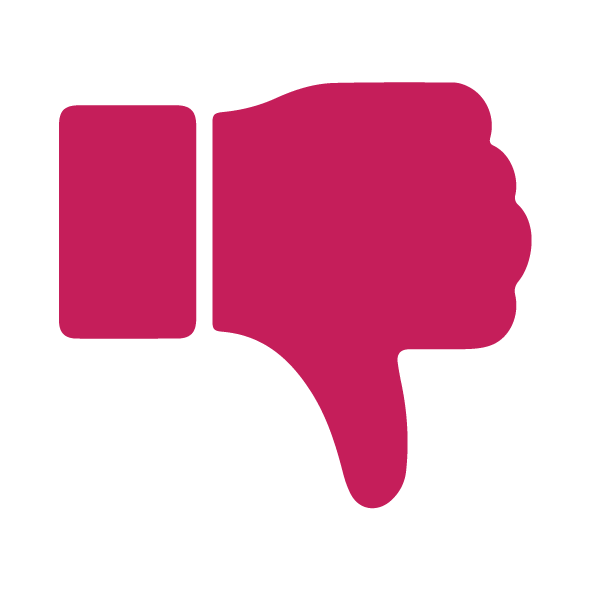 0
0No, down pillows are not necessarily bad for asthma. While some people with asthma may be sensitive to certain allergens, such as dust mites, which can be found in down feathers, it does not mean that all individuals with asthma will have a negative reaction to down pillows.
It is important to note that down pillows can be hypoallergenic, meaning they are designed to minimize the risk of triggering allergies or asthma symptoms. These pillows are often made with special materials or treated to reduce allergens. However, it is always recommended to check the product description or label to ensure that the down pillow you choose is hypoallergenic if you have asthma or allergies. Additionally, regularly washing and maintaining your pillow can help minimize allergens and keep it clean for a healthier sleep environment.
 0
0 0
0Duck feather pillows are not inherently cruel, but the ethical concerns lie in the sourcing and production processes. Feathers used in pillows can come from ducks that are raised for meat or from live-plucked ducks. Live-plucking involves removing feathers from ducks while they are still alive, which is considered inhumane and cruel. However, many reputable manufacturers now follow strict guidelines and source feathers from ducks that are raised for meat, ensuring that the feathers are a byproduct of the food industry and not obtained through live-plucking. To ensure you are purchasing ethically sourced feather pillows, look for certifications such as the Responsible Down Standard (RDS), which guarantees that the feathers used in the pillows are responsibly sourced and obtained without causing harm to the ducks.
It is important to be aware of the sourcing and production methods when considering feather pillows. By choosing pillows that are certified by organizations like RDS, you can support ethical practices and ensure that the feathers used are obtained without causing harm to ducks. This way, you can enjoy the comfort and support of feather pillows while also promoting animal welfare.
 2
2 0
0Yes, latex pillows can be beneficial for neck pain. Latex is a natural material derived from rubber trees, known for its supportive and contouring properties. These pillows are designed to provide proper alignment and support to the neck and head, which can help alleviate neck pain. Latex pillows offer a unique combination of softness and firmness, allowing them to conform to the shape of your neck while still providing adequate support. The natural elasticity of latex also helps to maintain the pillow's shape and prevent it from flattening over time. Additionally, latex pillows are hypoallergenic and resistant to dust mites, making them a suitable choice for individuals with allergies or asthma. Overall, latex pillows can offer a comfortable and supportive solution for those seeking relief from neck pain.
 0
0 0
0Latex pillows are indeed a good choice for many people. Made from natural latex derived from rubber trees, these pillows offer several benefits. Firstly, latex pillows provide excellent support and comfort for your head and neck. The natural elasticity of latex allows the pillow to conform to the shape of your head, providing optimal alignment and reducing pressure points. This can help alleviate neck and shoulder pain, promoting more restful sleep. Additionally, latex pillows are hypoallergenic and resistant to dust mites, mould, and mildew. This makes them a great option for those with allergies or asthma, as they can help minimize potential triggers. Overall, latex pillows offer a durable and supportive sleep surface, ensuring a comfortable and healthy night's rest.
 0
0 0
0


